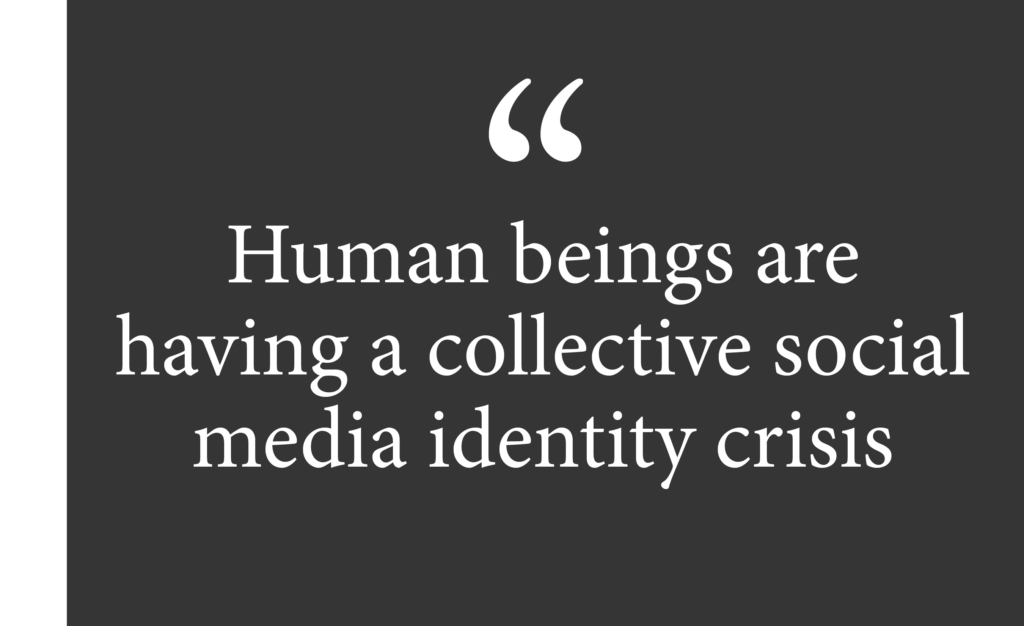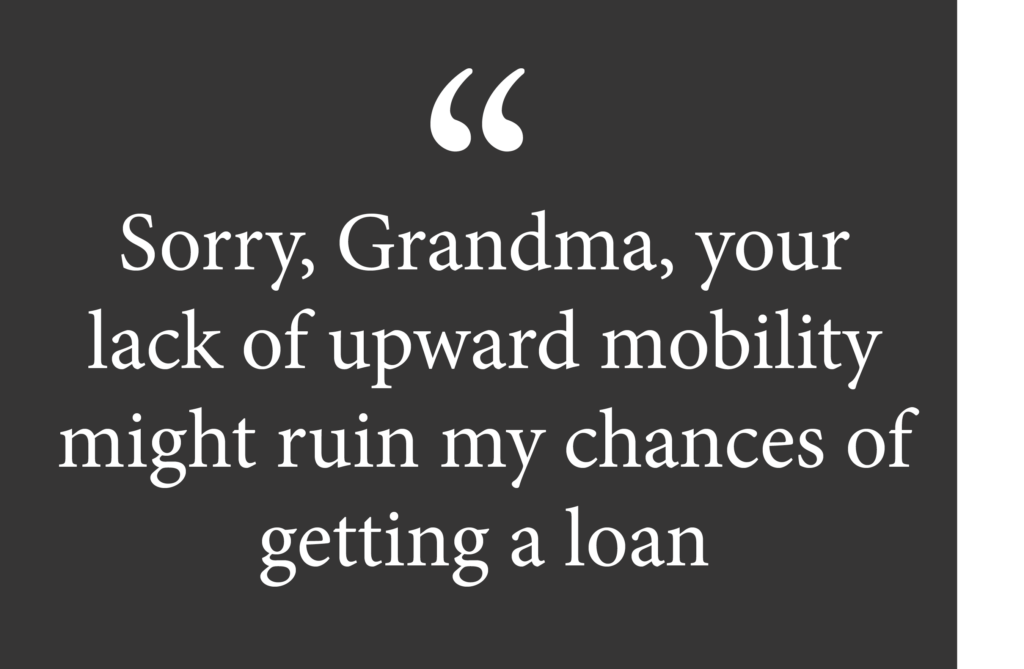Artificial intelligence is powered by algorithms and the effectiveness of those algorithms is in large part determined by the data they work with. So developments in the use of AI in consumer lending are of interest because lenders, particularly alternative finance platforms, have begun using the social media data of loan applicants to determine their creditworthiness.
This trend carries the potential to create new consumer-friendly financial products but it also raises substantial concerns about privacy and bias. Issues that we’ll delve into here. We’ll start with a look at the ways our use of social media is changing, and then look at what those changes mean for social’s use in determining whether or not an applicant receives a loan.
The way we use social media has evolved
Human beings are having a collective social media identity crisis. What began as a means of sharing our lives with friends and family has evolved into something more calculated and less, well, social. From a pastime to an obligation.

In their early days, social media platforms offered people new ways to connect with their loved ones. We started carving time out of our day to check friends’ status updates or photos of a family member’s trip overseas. Social media gave people new options for connection and inspired closeness with people who were geographically far apart.
But social media has evolved into something far more complicated. Our social shares began impacting our career prospects. Evidence emerged that online interactions were fraying real-life relationships. Cyberbullying became a real concern. Many people responded to these developments by carefully curating their social media presences. We learned to be more mindful of what our online activities revealed about ourselves, and weighed each post, comment, and opinion against how it would impact us offline. We became aware of a simple truth: the data we create will outlive us all.
More recently, we’ve started asking more sophisticated questions about social media use. Do we pay a price for constant connectivity? Not just in career opportunities but in interpersonal relationships as well. Is the experience of round-the-clock notifications detracting from the quality of our lives? Are we sacrificing precious time with friends, family, and romantic partners for diminishing returns on social media?
Now with rapid advancements in artificial intelligence we have a new generation of considerations. Friends and employers aren’t the only ones evaluating our social activity. Ahead lies an era where the articles we post, photos we share, and even who we friend could impact our financial lives.
Here’s how social media-powered lending would work
Proponents of the use of social media data in lending say that the use of social data will help, not harm, potential borrowers. Including people with poor or minimal credit histories. Let’s say you want to take out an auto loan but have a weak credit score and little collateral. Your application is rejected based on a traditional risk assessment, but then the lender offers you the chance for a ‘second look.’ If you allow them to analyze your social media profiles, they’ll use that information to do a deeper evaluation that may result in an approval.
This review might include verifying your location and educational background via social data, along with an analysis of your online connections. If you’re connected to people in high-paying jobs, for instance, an alternative underwriting system might determine that you’re on an upward financial trajectory and are therefore likely to repay your loans.
In situations where social media use is voluntary and expands access to credit and other financial products, these new approaches have the potential to be groundbreaking.
Borrowers face entirely new questions about personal privacy
The challenge right now is that you don’t know how your social activity factors into the determination of your creditworthiness. This dynamic could lead to changes in who we let into our social networks and influence who we friend or accept as a connection. Will you decline requests from family members based on your perception of their financial circumstances? “Sorry, Grandma, I love you but I can’t accept your friend request. Your lack of upward mobility might ruin my chances of getting a loan.”

Continuing this logic, if we start evaluating friend requests against financial consequences, we reach a point where these platforms are no longer social. Rather than serving as welcoming environments for sharing news, posting milestones, and exchanging ideas, our social spaces may simply become extensions of our professional lives–carefully curated and impersonal by necessity. Call it the LinkedIn-ification of all social media.
Then there’s the issue of how much control we have over how our data is used. If social media companies themselves partner with lenders to assess creditworthiness via online profiles, we will be forced to make decisions about how we use social platforms and whether the potential financial benefit is worth a sacrifice in privacy and freedom of choice.
We’ve focused on social media here, but there are other online behaviors being evaluated in similar ways. Some lenders look at people’s typing patterns, device use, and online behaviors to evaluate whether they’re worthy of a loan. Even the time of day when a borrower requests financing could impact whether they’re approved. A small business owner who applies for a loan at “4 a.m. could be a signal of desperation” and therefore a higher risk than someone who applies during standard operating hours.
The only thing that doesn’t change is change
The use of social media activity in lending illustrates interesting yet problematic ways in which our online and offline lives are merging. This convergence is exciting and offers the prospect for new consumer-friendly financial products and an overall boost in convenience. The potential is there for these new products to prove beneficial in ways we can’t yet imagine.
But as in all areas where new digital technologies intersect with our lives, we must be mindful of how these shifts impact our privacy along the way.
